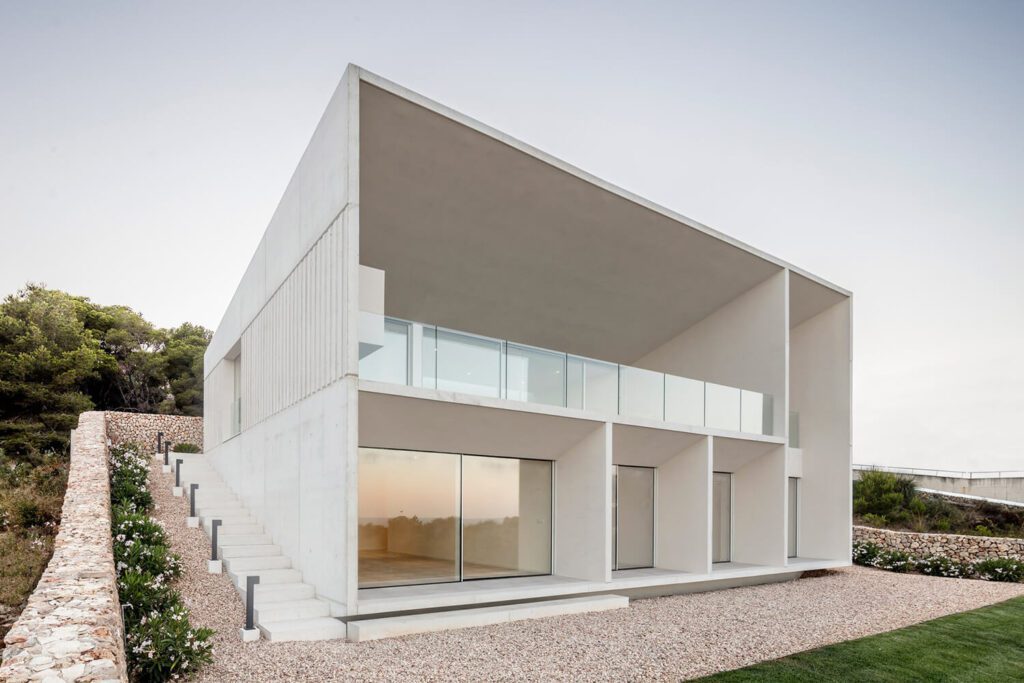
BIM (Building Information Modeling) is no longer an option but has become an essential requirement. In the architecture sector. From small studios to large international firms, the adoption of this methodology is revolutionizing the way projects are designed, managed, and executed.
At 3DG Global Consulting, we support architects and studios in their transition to BIM, optimizing processes and maximizing results.
Contenido
Why is BIM Essential in Architecture?
1. Greater Accuracy and Control in Design
- Smart 3D models: Each element (walls, windows, installations) contains technical information (materials, costs, timelines).
- Early clash detection: Prevents design-phase errors, reducing rework during construction.
2. Efficient Multidisciplinary Collaboration
- Real-time work: Architects, engineers, and builders edit the same model, avoiding outdated versions.
- Real-time work: Architects, engineers, and builders edit the same model, avoiding outdated versions.
Cost and time optimization
- 4D (planning) and 5D (budgeting) simulation: Visualization of construction progress and financial control.
- Reduction of up to 20% in unforeseen issues (according to McGraw Hill Construction).
4. Integrated Sustainability
- Energy analysis (6D): Efficiency evaluation from the preliminary design stage.
- “As-Built” models: Accurate documentation for maintenance (7D).
How to Implement BIM in Your Architecture Studio?
Phase 1: Diagnosis and Planning
- Needs analysis: Software (Revit, Archicad), training, and standards (EIR, BEP).
- Definition of a BIM Plan: Roles (BIM Manager, Coordinators), workflows.
Phase 2: Training and Pilot Testing
- Team training: Specialized courses in BIM modeling and management.
- Pilot project: Controlled implementation to adjust processes.
Phase 3: Scaling and Optimization
- Integration with other disciplines (structures, MEP).
- Automation: Use of Dynamo or scripts for repetitive tasks.
Success example: An architecture studio in Barcelona reduced delivery times by 30% after implementing BIM with our consultancy.
The BIM Architect: A Key Profile in the Digital Era
- In-demand skills: 3D modeling, team coordination, CDE management.
- Job opportunities: +40% employability (according to the BIM Spain Commission report).
Conclusion: BIM Is Not the Future, It Is the Present
Projects that adopt BIM achieve:
✔ Greater competitiveness in public and private tenders.
✔ Significant savings in time and resources.
✔ More sustainable and easier-to-maintain buildings.
Ready to lead the digital transformation of your projects?
